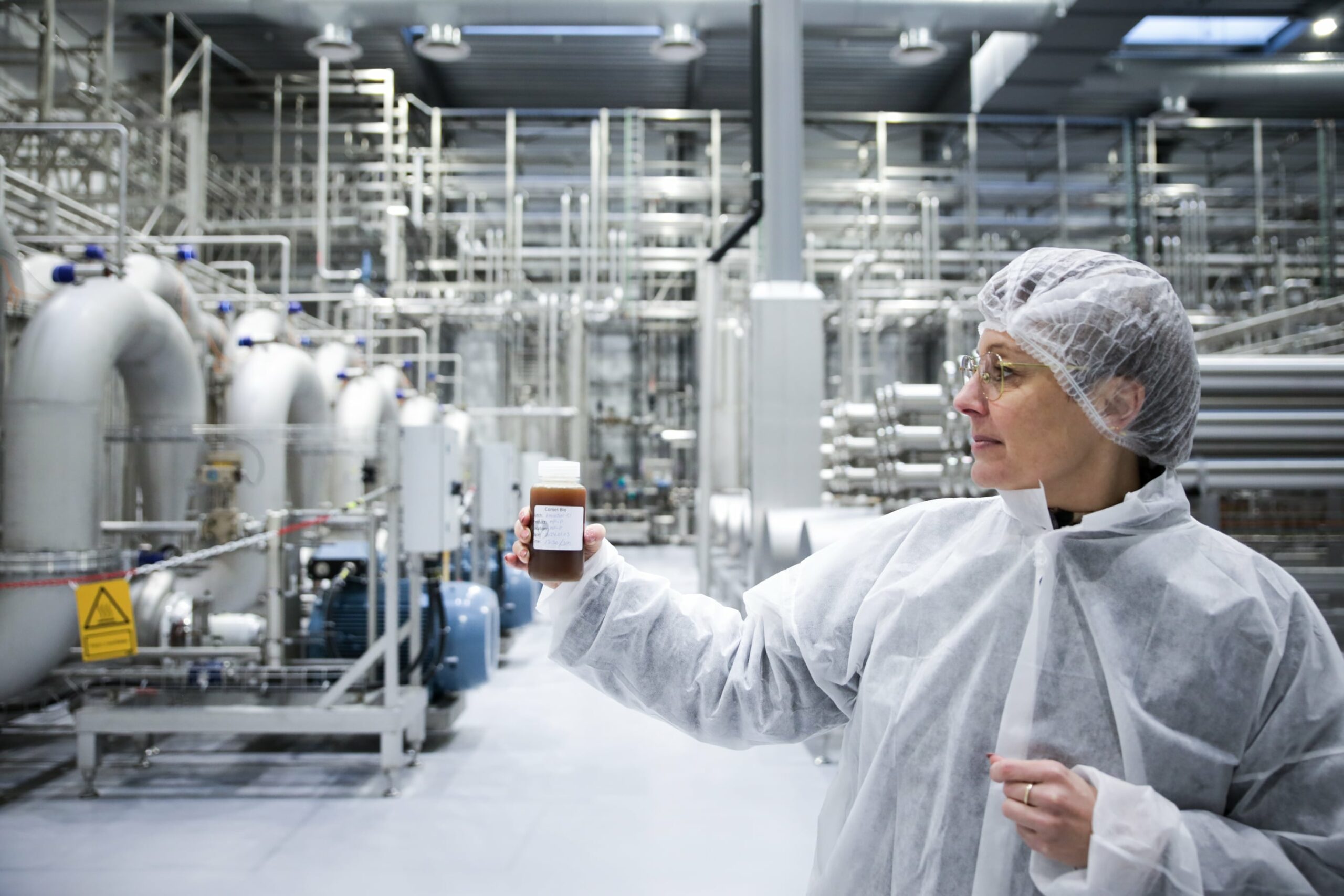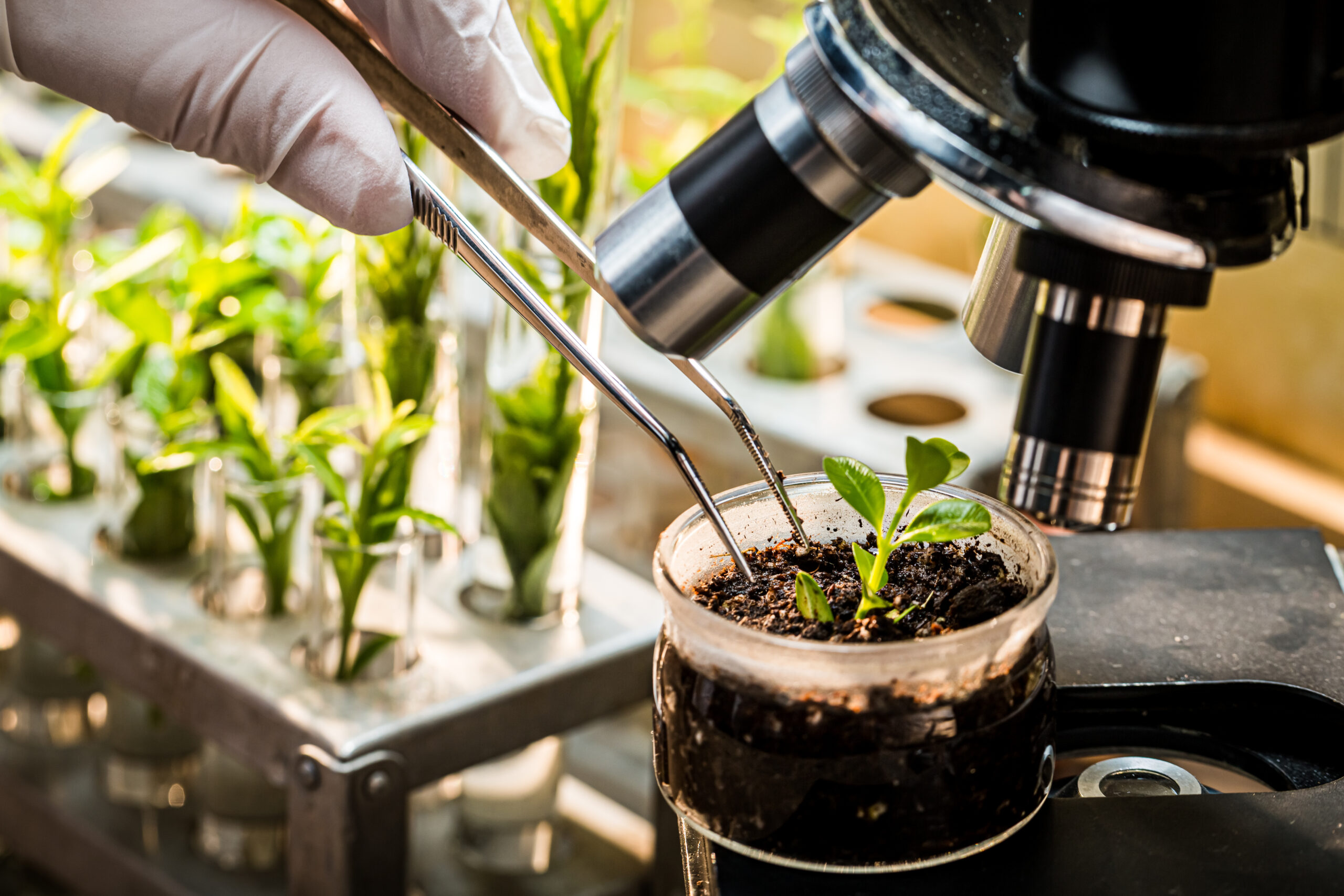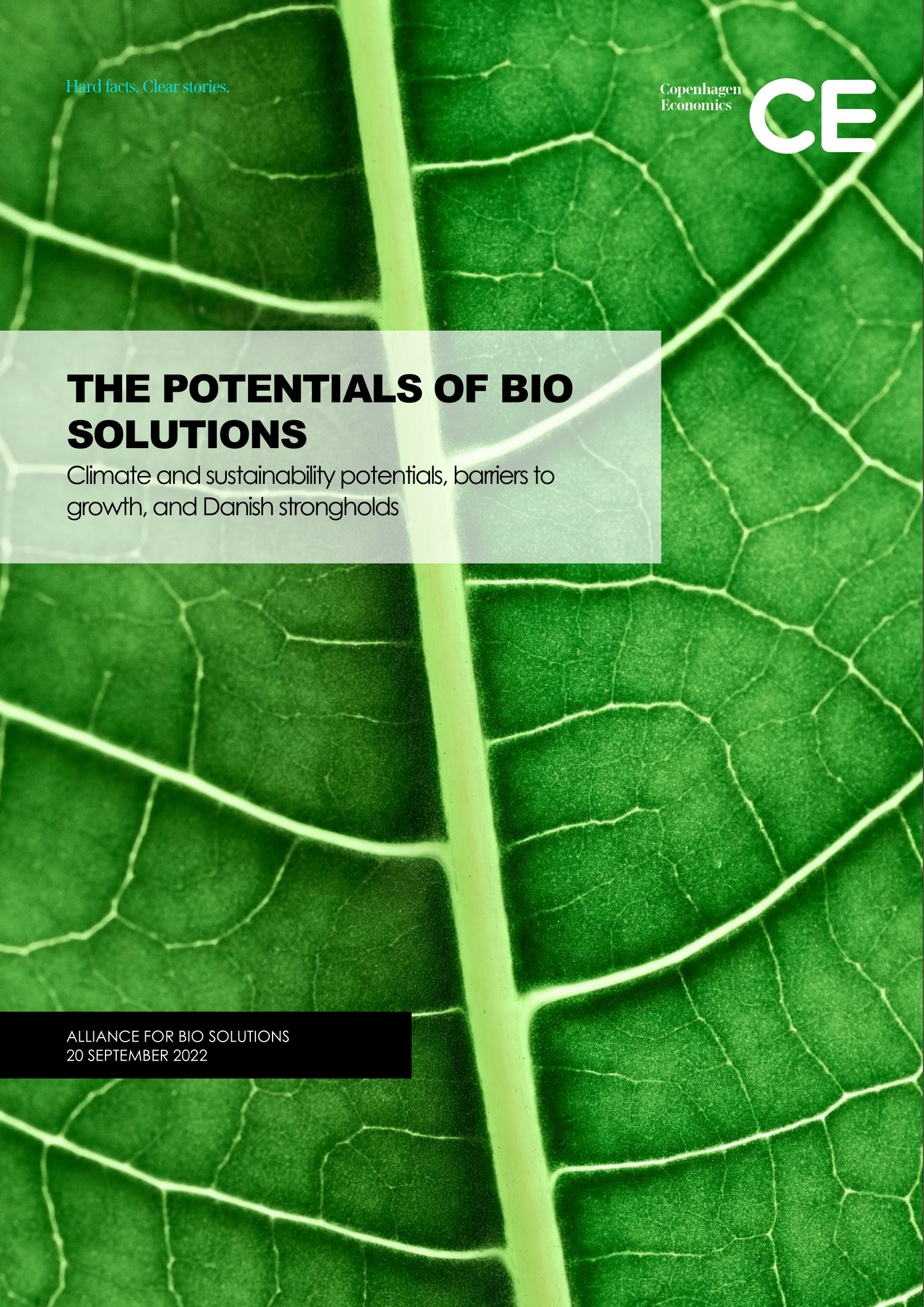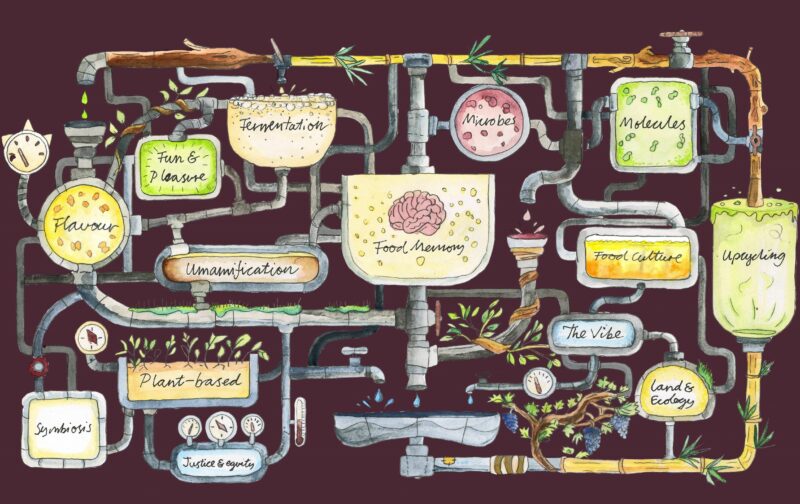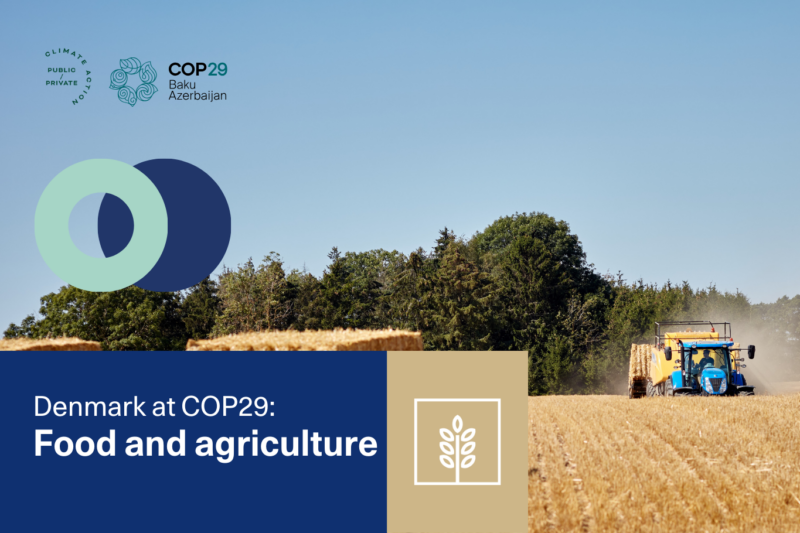The global potential of biosolutions
Biosolutions, which encompass a wide range of products and processes derived from living organisms, offer versatile applications across various sectors, including agriculture, industry, and transport. According to the report, biosolutions have the potential to reduce global CO2 emissions by approximately 4,300 million tons by 2030, equivalent to 8 percent of current global emissions.
“Biosolutions are composed of biological products that are anchored in biotech, i.e., they utilise living organisms, including enzymes, microorganisms, bacteria cultures, pheromones, etc. for concrete applications and products that are used in other industries’ manufacturing processes and as end products to enable sustainable transformations such as emission reductions.”
The report forecasts that the global market for biosolutions could grow from EUR 240 billion in 2020 to EUR 640 billion by 2030, driven by increasing demand for sustainable alternatives. Danish companies, with their strong international positions in alternative proteins, enzymes, and bioplastics, are well-placed to support this growth. The Danish biosolutions industry not only contributes significantly to the national economy—adding EUR 1.8 billion to GDP in 2020 and supporting approximately 6,800 jobs—but also generates nearly 80 percent of its revenue from exports, highlighting Denmark’s global leadership in this sector.
